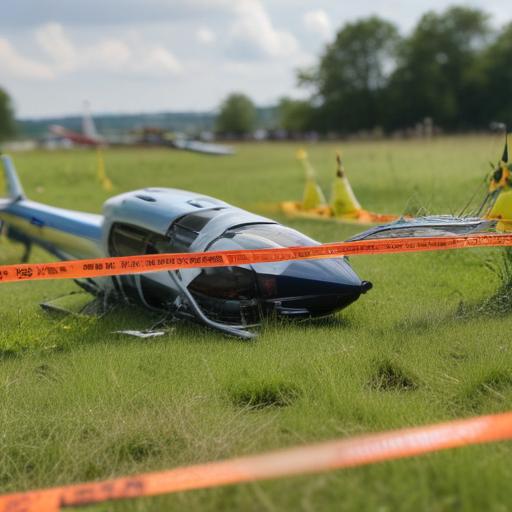The National Transportation Safety Board (NTSB) has released a preliminary report regarding the tragic helicopter crash that occurred in the Hudson River on April 10, which resulted in the deaths of six individuals, including a family of five. The helicopter, on a sightseeing trip, was flying a “teardrop pattern” south of the Statue of Liberty when it ascended to an altitude of 675 feet before suddenly entering a rapid descent.
Witnesses reported hearing loud bangs coming from the helicopter moments before it broke apart in mid-air, separating into three major sections: the fuselage with the engine, the main rotor system along with both rotor blades and the transmission, and the tail boom containing the tail rotor. Debris from the aircraft was located submerged in the river, as well as floating nearby and on a rooftop close to Hoboken Terminal, an important transit hub in New Jersey.
Notably, the helicopter did not have any video or data recording devices onboard. The pilot was equipped with computer-augmented sunglasses that could record video and audio; however, these glasses have not been recovered. Prior to the incident, the pilot was on a 10 days on, 10 days off work schedule, and the crash took place on his first day back, marking it as his eighth flight of the day in that helicopter.
The preliminary report refrains from assigning a cause to the crash at this point, with the NTSB’s final report expected to take around a year to be completed.
This report underscores the ongoing investigation into aviation safety, highlighting the need for enhanced regulations and protocols in the sightseeing flight industry to maximize passenger safety. As the investigation progresses, there is hope that insights gained will contribute to preventing such tragedies in the future.
